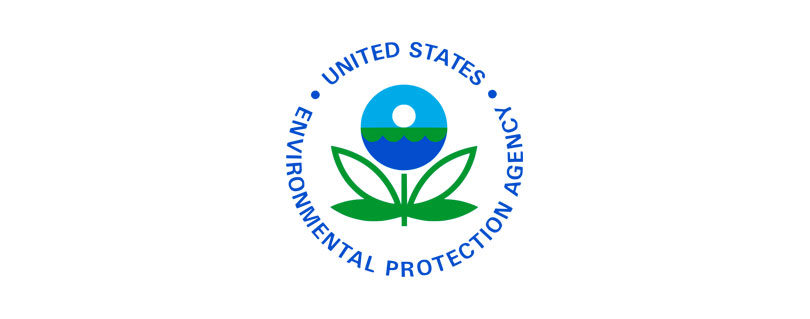EPA Requires Norfolk Southern to Sample for Dioxins in East Palestine
Publilshed by the U.S. Environmental Protection Agency (EPA)
WASHINGTON – In direct response to the concerns Administrator Michael Regan heard from residents in East Palestine earlier this week, the U.S. Environmental Protection Agency (EPA) will require Norfolk Southern to test directly for dioxins. If dioxins are found at a level that poses any unacceptable risk to human health and the environment, EPA will direct the immediate cleanup of the area as needed. In addition, EPA will require Norfolk Southern to conduct a background study to compare any dioxin levels around East Palestine to dioxin levels in other areas not impacted by the train derailment. Pursuant to EPA’s order holding Norfolk Southern accountable, EPA will oversee all potential cleanup efforts. EPA will also continue sampling for “indicator chemicals,” which based on test results to date, suggest a low probability for release of dioxin from this incident.
“Over the last few weeks, I’ve sat with East Palestine residents and community leaders in their homes, businesses, churches, and schools. I’ve heard their fears and concerns directly, and I’ve pledged that these experiences would inform EPA’s ongoing response efforts,” said EPA Administrator Michael S. Regan. “In response to concerns shared with me by residents, EPA will require Norfolk Southern to sample directly for dioxins under the agency’s oversight and direct the company to conduct immediate clean up if contaminants from the derailment are found at levels that jeopardize people’s health. This action builds on EPA’s bipartisan efforts alongside our local, state, and federal partners to earn the trust of this community and ensure all residents have the reassurances they need to feel safe at home once again.”
EPA’s approach to addressing community concerns for dioxins has focused on sampling and analysis for “indicator chemicals” such as chlorobenzenes and chlorophenols that would suggest the potential for the release of dioxins attributable to the derailment. EPA is currently analyzing for 19 chlorobenzene and chlorophenol compounds in the area of East Palestine. As of February 28, EPA has collected at least 115 samples in the potentially impacted area, which include samples of air, soils, surface water, and sediments. To date, EPA’s monitoring for indicator chemicals has suggested a low probability for release of dioxin from this incident. EPA’s air has detected only low levels of 1,4-dichlorobenzene typical of ambient background concentrations.
Holding Norfolk Southern Accountable
The input and perspective of the East Palestine community is essential to EPA’s ongoing response efforts to the train derailment and to holding Norfolk Southern accountable. To address concerns from residents about the potential release of dioxins resulting from the derailment, EPA will continue to sample for indicator chemicals and will also require Norfolk Southern to begin sampling directly for dioxins. If dioxins are found in the area including East Palestine, EPA will share the information with the public, determine whether the level of contaminants found poses any unacceptable risk to human health and the environment, and direct the immediate cleanup of the area in coordination with Ohio EPA, Pennsylvania Department of Environmental Protection, and other partners.
Dioxins may be found in any urban or rural environment as a result of common processes such as burning wood or coal. Dioxins break down slowly in the environment, so the source of dioxins found in any area may be uncertain. To address related questions, EPA will require Norfolk Southern to conduct a background study to compare any dioxin levels around East Palestine to dioxin levels in other areas not impacted by the train derailment.
EPA is also currently reviewing a draft plan by Norfolk Southern to develop a dioxin “fingerprint” for soil sampling. EPA anticipates that developing a dioxin fingerprint for East Palestine will require use of certified laboratories that can perform high-resolution gas chromatography and mass spectrometry to identify various isomers of dioxins. If this dioxin fingerprint can be developed with reliable methodologies, it will help EPA determine whether any dioxin particularly from the train derailment and controlled burn impacted the local environment.
Read the full article at: https://www.epa.gov/newsreleases/epa-requires-norfolk-southern-sample-dioxins-east-palestine



